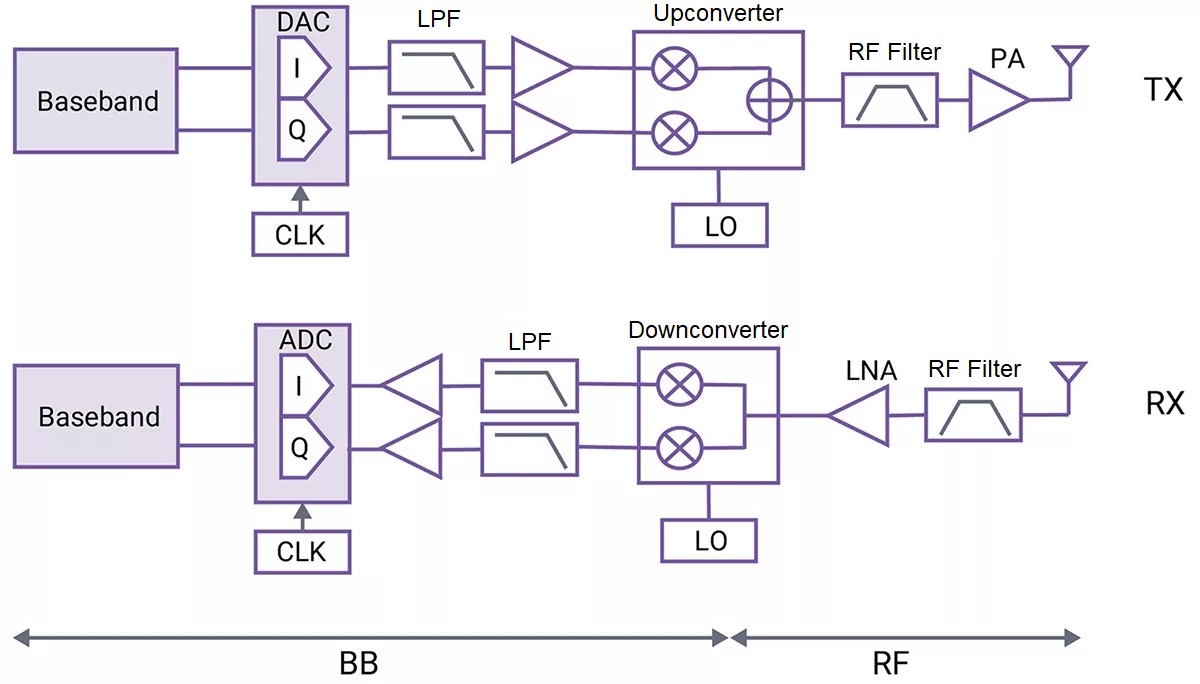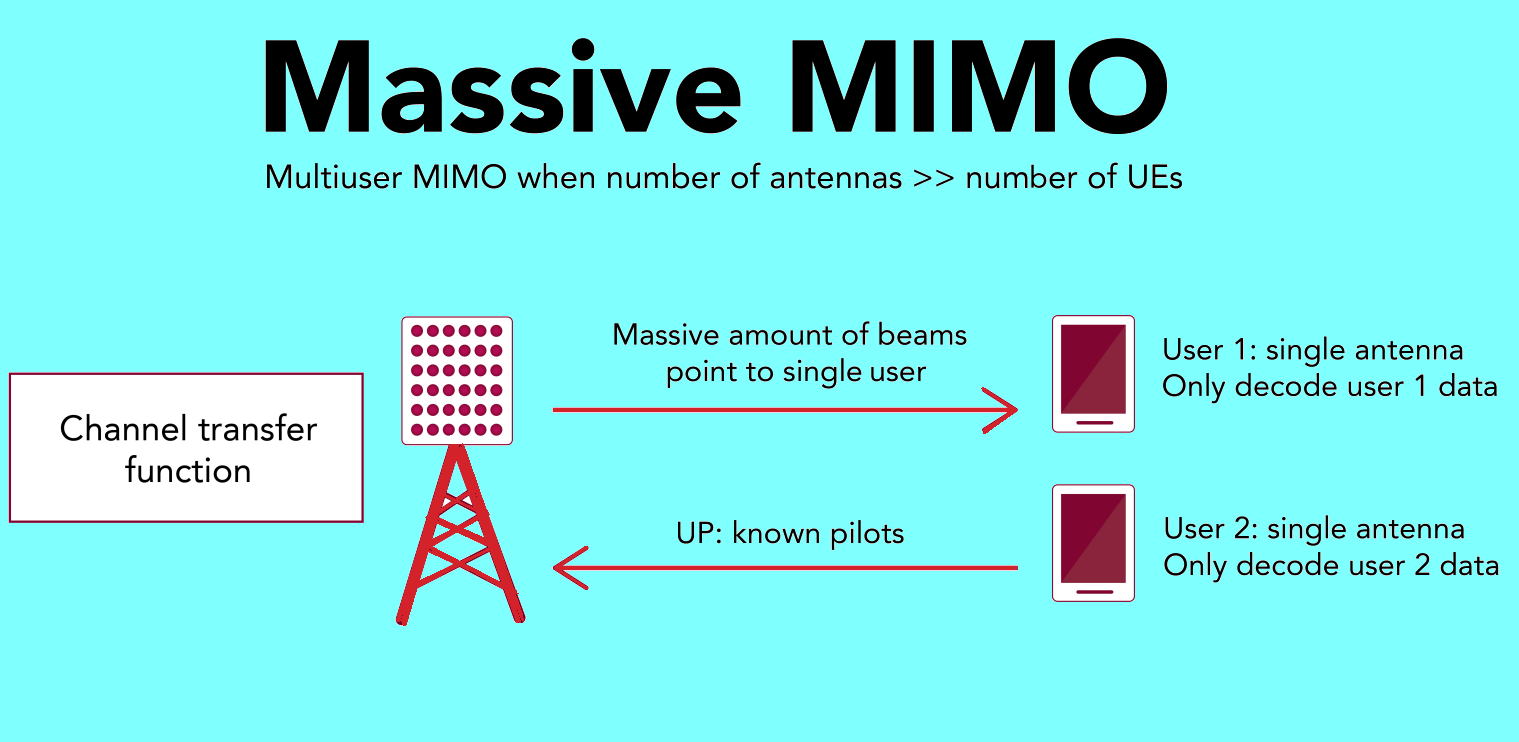In “Look inside the 5G mmWave signal chain,” we explored the overall architecture of the mmWave signal chain. Now, we’ll look deeper into each of a transceiver’s components. Phase-locked Loops (PLL) are important blocks for a clean reference clock generation in cellular networks. In 5G mmWave radio networks, the PLL supports data rates of 1…
Look inside the 5G mmWave signal chain
Millimeter wave signals provide wider bandwidths and higher data rates than signals at lower frequencies. Take a look at the overall signal chain that falls between the antenna and the digital baseband. 5G new radio (5G NR) adds mmWave frequencies to cellular devices and networks. With that comes RF-to-baseband signal chains and components not needed…
The essence of return loss in optical fiber
Return loss happens when transmitted energy reflects back to its source. Designers must pay close attention to optical return loss (ORL), an important metric in an optical network. ORL is defined as return loss for the entire optical fiber under test, which includes fiber backscatter and reflections relative to the source pulse. This ORL metric…
iSIM puts carrier information deep inside a device
While eSIM moves carrier information from external cards to internal devices, iSIM moves the SIM down to the chipset. That reduces size and cost.
eSIM eases changing carriers for phones and IoT
Learn about the evolution of a SIM card to the creation, use, and function of the eSIM.
Creating massive MIMO, part 2
In part 1, we discussed “Creating 5G Massive MIMO.” In part 2, we discuss the antenna options for moving into 6G using variations of Massive MIMO.In part 1, we discussed “Creating 5G Massive MIMO.” In part 2, we discuss the antenna options for moving into 6G using variations of Massive MIMO.
Creating 5G massive MIMO: Part 1
Part 1 explains who originated massive MIMO and how it works IEEE Fellow Thomas Marzetta is well known for originating the 5G massive MIMO (multiple-input multiple-output) technology in 2006, which telecom experts consider to be one of the cornerstones of 5G wireless communications. This technology uses many small, individually controlled, low-power antennas to directly beam…







